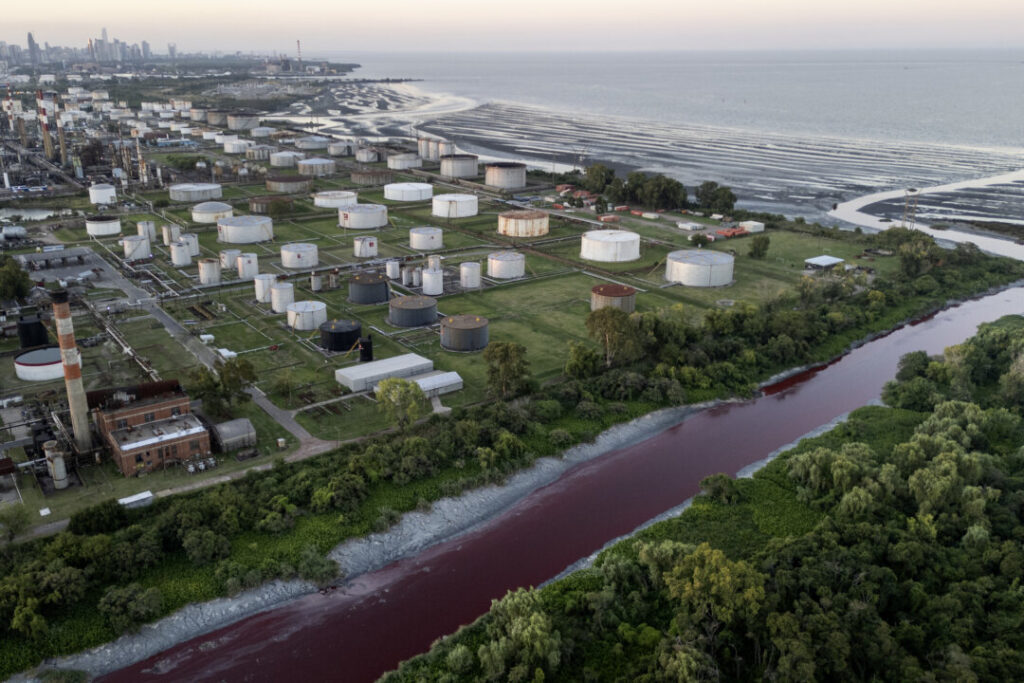Avelaneda officials believe that aniline may be present in the river water. This is a toxic substance used in medicines and dyes.
The stream of Salandi, passing through the densely populated suburbs of Buenos Aires, Argentina, has recently turned blood red and fears leaking potential industrial chemicals. Local governments are investigating the changes in the stream’s colour following their initial report on February 6th.
Located near a villa in Avelaneda, nine miles south of the Argentina capital, this stream runs alongside other industries using leather tanning and chemicals to convert animal skin into leather. Residents quickly uploaded Crimson Stream photos to social media, prompting fear of the cause of the color change.
A local resident who woke up early one morning and smelled a strong smell, said.
“At 5:30am, we already had a special, dangerous waste incinerator that lets out contaminants into the air,” Maria Ducomuls told the Associated Press. Shortly after she saw the stream, she said, “It looks like blood flowing. I’ve never seen it like this.”
The stream flows to Rio de la Plata, a large body of water between Uruguay and Argentina.
Avelaneda officials believe that aniline may be present in the river water. This is a toxic substance used in medicines and dyes.
After the authorities have taken the water samples, they file a complaint with the Ministry of Infrastructure and Public Services of Buenos Aires to investigate the case.
Locals say the stream has changed to a different colour in the past, including gray, green, violet, blue and brown. These reports have led to complaints filed against local businesses since the 1990s. They may also claim that environmental pollution is still open.

The banks of Rio de la Plata are dyed red on the mouth of the Salandi River, which is stained with water by unknown pollutants on the outskirts of Buenos Aires, Argentina, on February 6, 2025. Rodrigo ABD/AP Photo
In a statement, Buenos Aires’ Environment Ministry responded to a report on the stream’s colour change on February 6, and said water samples were taken for testing.
The Associated Press contributed to this report.



